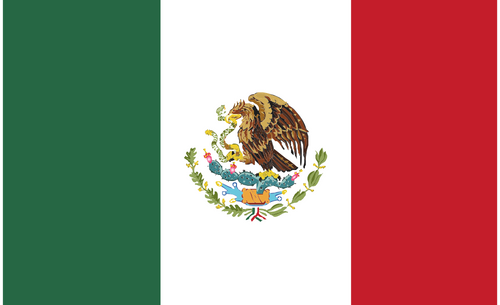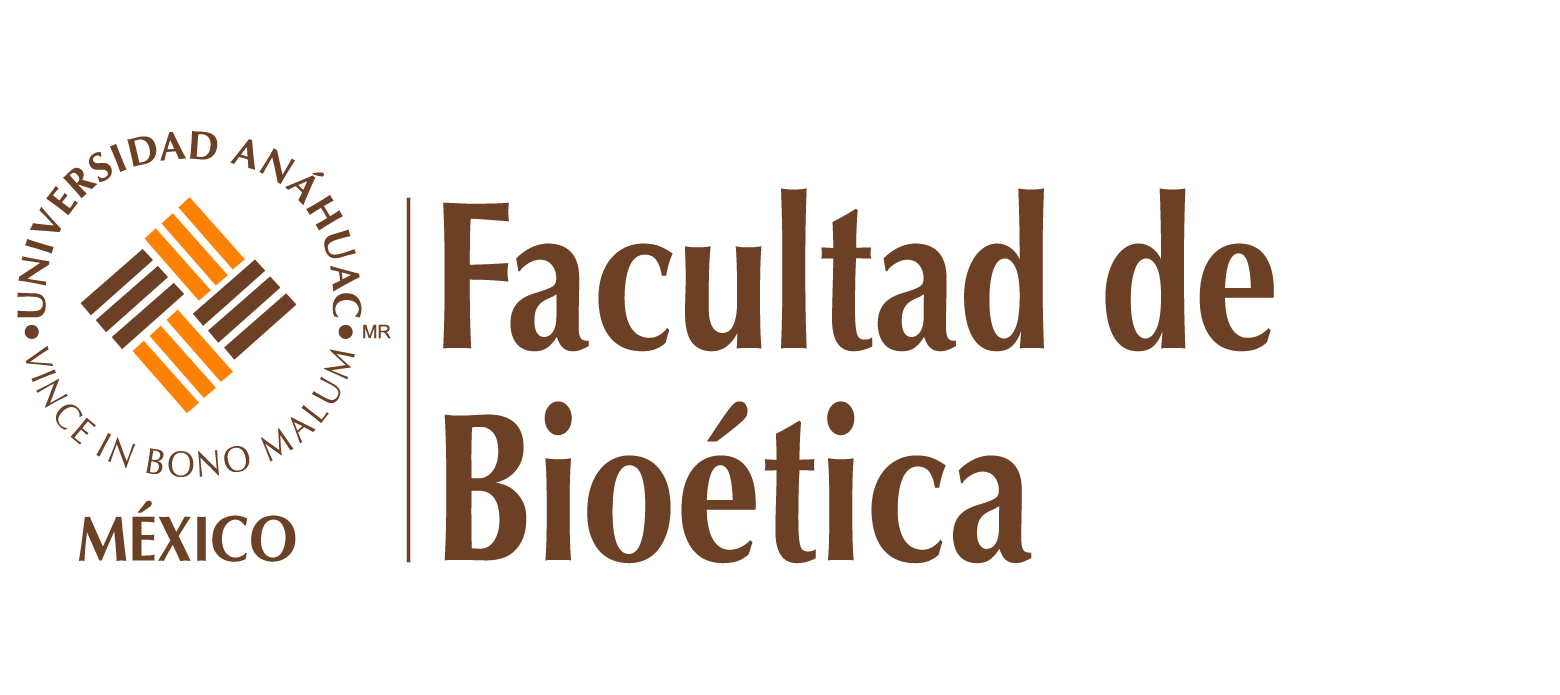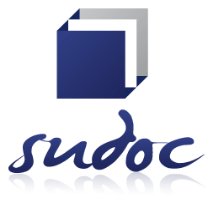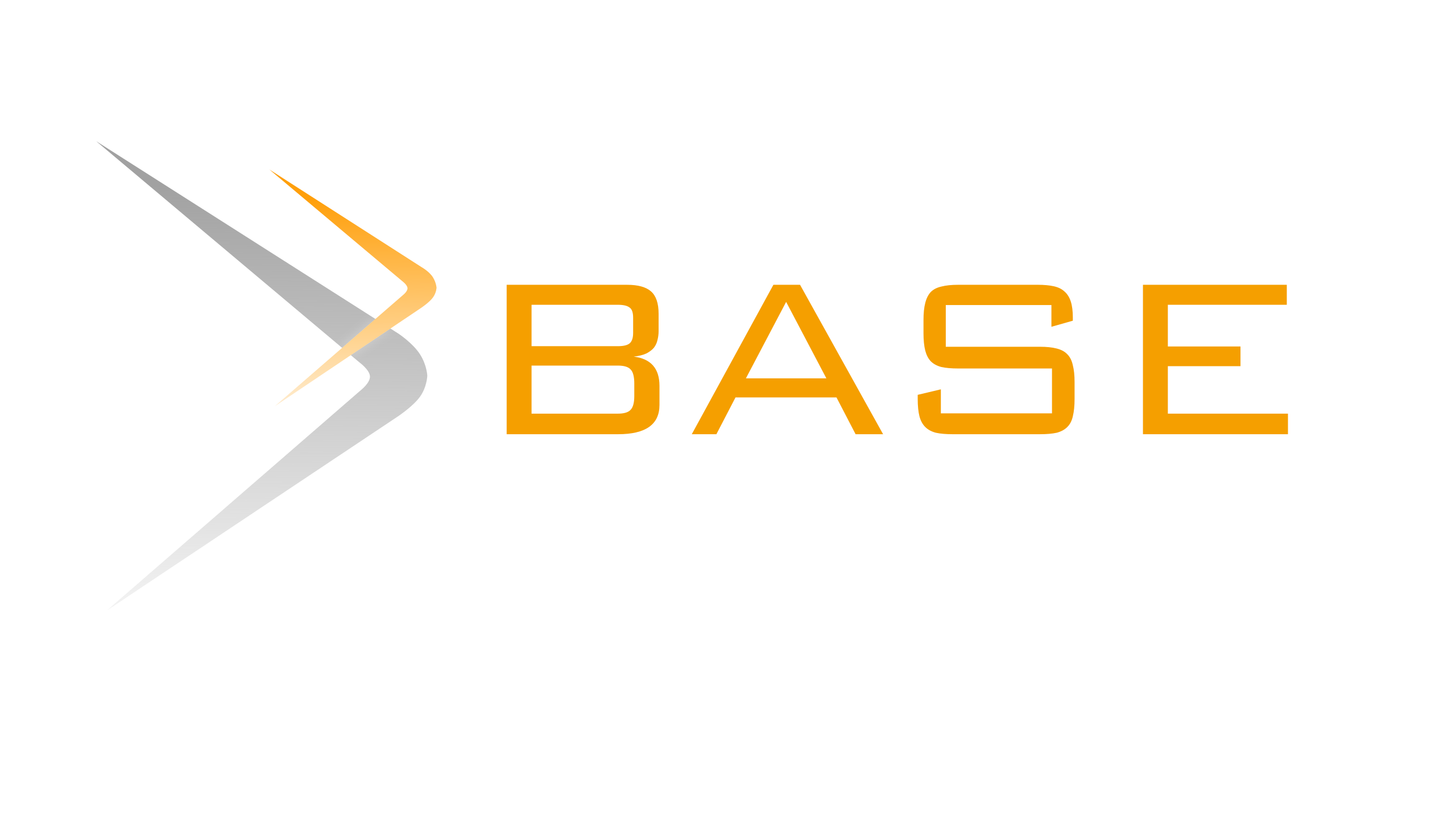El Observatorio de la Red Iberoamericana de Bioética (ORIBI), bases para su operación
DOI:
https://doi.org/10.36105/mye.2025v36n1.04Palabras clave:
observatorio, atlas, vinculación, gestión, formación, investigaciónResumen
El texto presenta una visión detallada sobre la importancia y operación del Observatorio de la Red Iberoamericana de Bioética (ORIBI), argumentando la relevancia de la bioética en la contemporaneidad. La bioética, definida como la ética aplicada a la vida, ha expandido su influencia más allá de la medicina para abarcar áreas como el medio ambiente, derechos humanos y lucha contra la pobreza, destacando el enfoque interdisciplinario esencial para abordar dilemas éticos complejos. El ORIBI, desarrollado por el Centro Anáhuac de Desarrollo Estratégico en Bioética (CADEBI), busca consolidar algunos esfuerzos dispersos en Iberoamérica, fomentando la colaboración regional en investigación, formación y gestión de la bioética. Se destaca la necesidad de trabajo colaborativo entre observatorios existentes, aprovechando recursos y conocimientos para promover el bienestar social. El ORIBI planea su acción en torno al monitoreo continuo, análisis de actividades y red de vinculación, apoyándose en herramientas como el Atlas Iberoamericano de Bioética y una serie de indicadores de seguimiento. Este enfoque estratégico y flexible permite adaptar la operación del observatorio a desafíos emergentes.
Descargas
Referencias
Potter VR. Bioethics, the science of survival. Perspectives in biology and medicine. 1970; 14(1):127-153.
Sgreccia E. Manual de Bioética. México: Diana. 1996; 40.
Reich WT. Enciclopedia of Bioethics. Nueva York. 1978; I:xix.
Mantilla-García JC. Bioética: Orígenes y Actualidad. MedUNAB. 2022; 25(2):148-150. Disponible en: https://revistas.unab.edu.co/index.php/medunab/issue/view/284
Arpini AM. Para una fundamentación de la bioética de intervención: Aportes desde la ética de la liberación latinoamericana. Organización de la Naciones Unidas para la Educación, la Ciencia y la Cultura. Red latinoamericana y del Caribe de bioética; Redbioética UNESCO. 2016; 7(13):12-23. Disponible en https://ri.conicet.gov.ar/handle/11336/43831
Fundación Aquae. Los 10 ríos más contaminados del mundo; 2024. Disponible en: https://www.fundacionaquae.org/wiki/rios-mas-contaminados-mundo/#:~:text=R%C3%ADo%20Salween.,%2C%20cobre%2C%20zinc%20y%20mercurio
Invest India National Investment Promotion and Facilitation Agency. Fibras artificiales. Segundo mayor producto de poliéster y viscosa a nivel mundial; 2024. Disponible en: https://www.investindia.gov.in/es-es/sector/textiles-apparel/man-made-fibres
Mondor Intelligence. Tamaño del mercado de fibra discontinua de viscosa y análisis de acciones tendencias de crecimiento y pronóstico (2023-2028). Disponible en: https://www.mordorintelligence.com/es/industry-reports/viscose-staple-fiber-market
Laboratorio Nacional de Observación de la Tierra (LANOT). Instituto de Geografía-UNAM. Disponible en: http://www.lanot.unam.mx/home/
Angulo Marcial N. ¿Qué son los observatorios y cuáles son sus funciones? Innovación
Educativa. 2009; 9(47):5-17. Disponible en: https://www.redalyc.org/articulo.oa?id=179414895002
Sarmiento RY, Delgado FM, Infante MB. Observatorios: Clasificación y Concepción en el Contexto Iberoamericano. Revista de Investigación Social. 2018; 5(2):123-137. Disponible en: https://www.redalyc.org/journal/3776/377665578007/html/
Guerra G, Borde E, Salgado de Snyder VN. Measuring health inequities in lowand middle-income countries for the development of observatories on inequities and social determinants of health. Int J Equity Health. 2016;15(9). Disponible en: https://equityhealthj.biomedcentral.com/articles/10.1186/s12939-016-0297-9
Universidad Veracruzana Región Xalapa. ¿Qué son los Observatorios? Coordinación Universitaria de Observatorios (CUO). Disponible en: https://www.uv.mx/cuo/observatorios/observatorios/#:~:text=Son%20organizaciones%20que%20nacen%20a,de%20informaci%C3%B3n%20en%20materia%20cultural
Centro Anáhuac de Desarrollo Estratégico en Bioética. Universidad Anáhuac México. Disponible en: https://www.anahuac.mx/mexico/CADEBI/
Cabrera CA, Sánchez-Guerrero D, Cerdio-Domínguez M, Fernández-Molina V. Desarrollo Institucional de la Bioética en Iberoamérica: resultados preliminares del Atlas Iberoamericano de Bioética, Revista Medicina y Ética. 2024; 36(2).
Sánchez N. El marco lógico. Metodología para la planificación, seguimiento y evaluación de proyectos. Visión Gerencial [Internet]. 2007; (2):328-343. Disponible en: https://www.redalyc.org/articulo.oa?id=465545876012
Sistema de Evaluación del Desempeño. La metodología utilizada para el diseño de la Matriz de Marco Lógico. Secretaría de Hacienda y Crédito Público. 14 de octubre de 2016. Disponible en: https://www.gob.mx/cms/uploads/attachment/file/154446/Guia_Indicadores.pdf
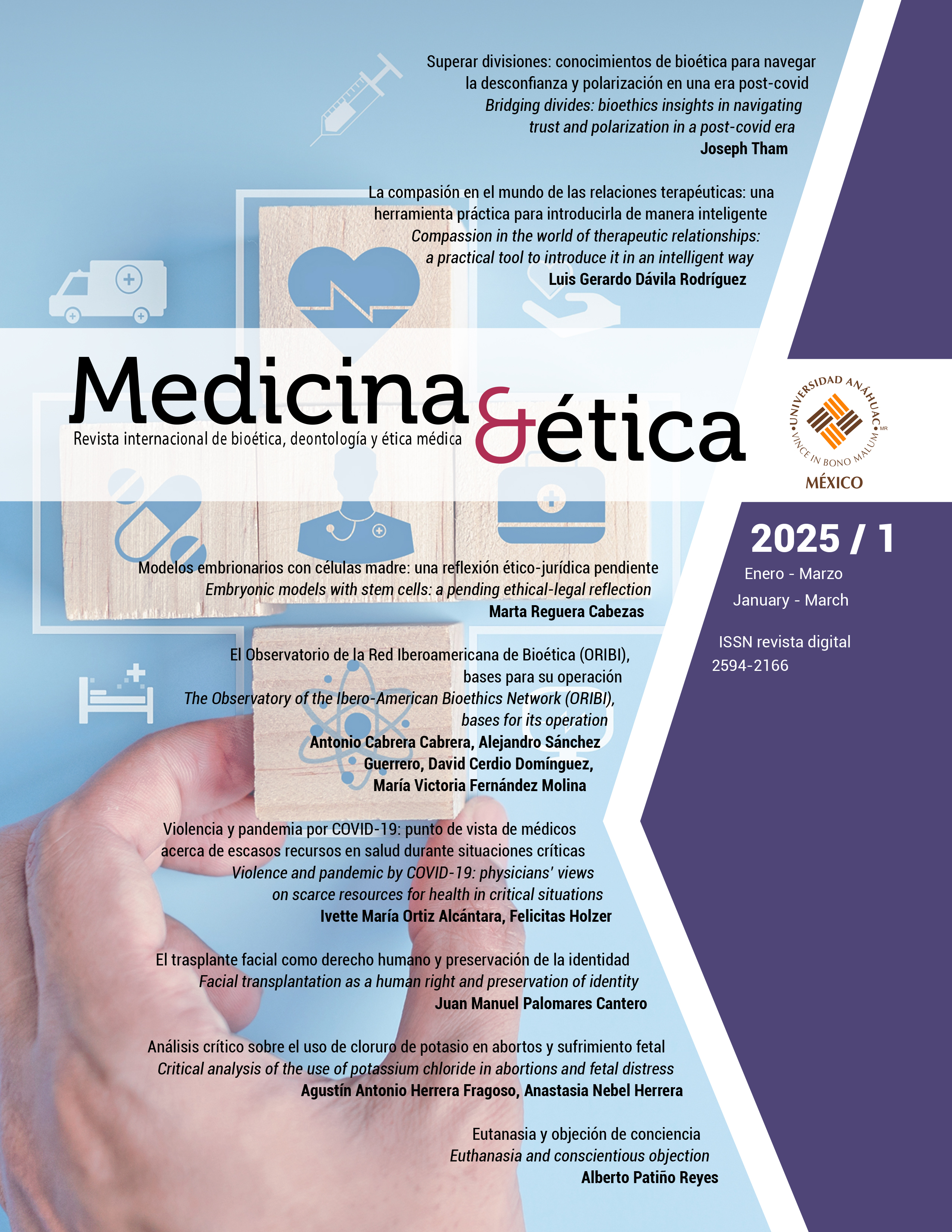
Descargas
Publicado
Número
Sección
Licencia
Derechos de autor 2025 Antonio Cabrera Cabrera, Alejandro S´ánchez Guerrero, David Cerdio Domínguez, María Victoria Fernández Molina

Esta obra está bajo una licencia internacional Creative Commons Atribución-NoComercial-CompartirIgual 4.0.
Medicina y Ética se distribuye bajo Licencia Creative Commons Atribución-NoComercial-CompartirIgual 4.0 Internacional.
El autor conserva los derechos patrimoniales sin restricciones y garantiza a la revista el derecho de ser la primera publicación del trabajo. El autor es libre de depositar la versión publicada en cualquier otro medio, como un repositorio institucional o en su propio sitio web.

